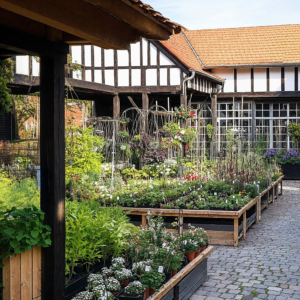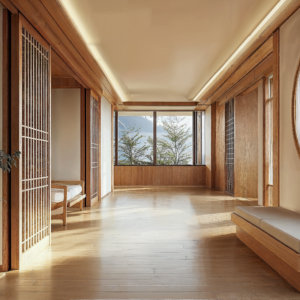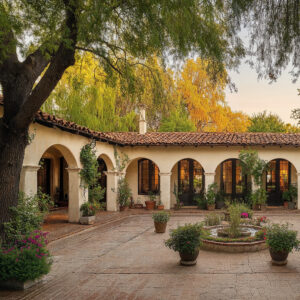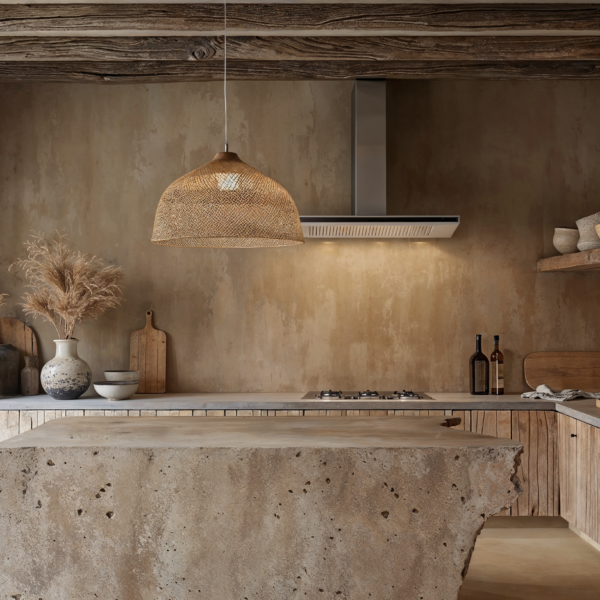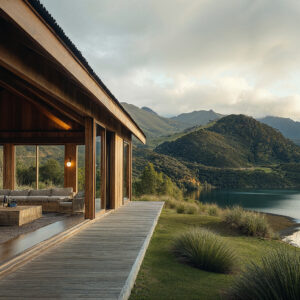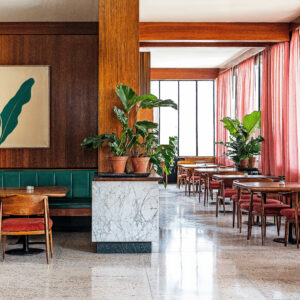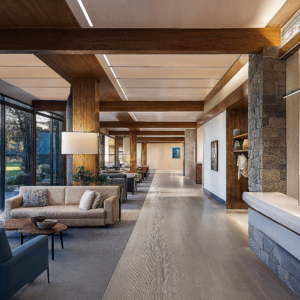German Fachwerkhaus Design: Structure, Craft, and Form
German Fachwerkhaus design is rooted in centuries of regional tradition and practical construction. Commonly found in towns and villages throughout Germany, Fachwerk, a traditional timber-framing technique, was developed as an efficient method of building with local materials, including oak, clay, and stone. Over time, it evolved into an architectural language defined by rhythm, balance, and …
June 3, 2025
